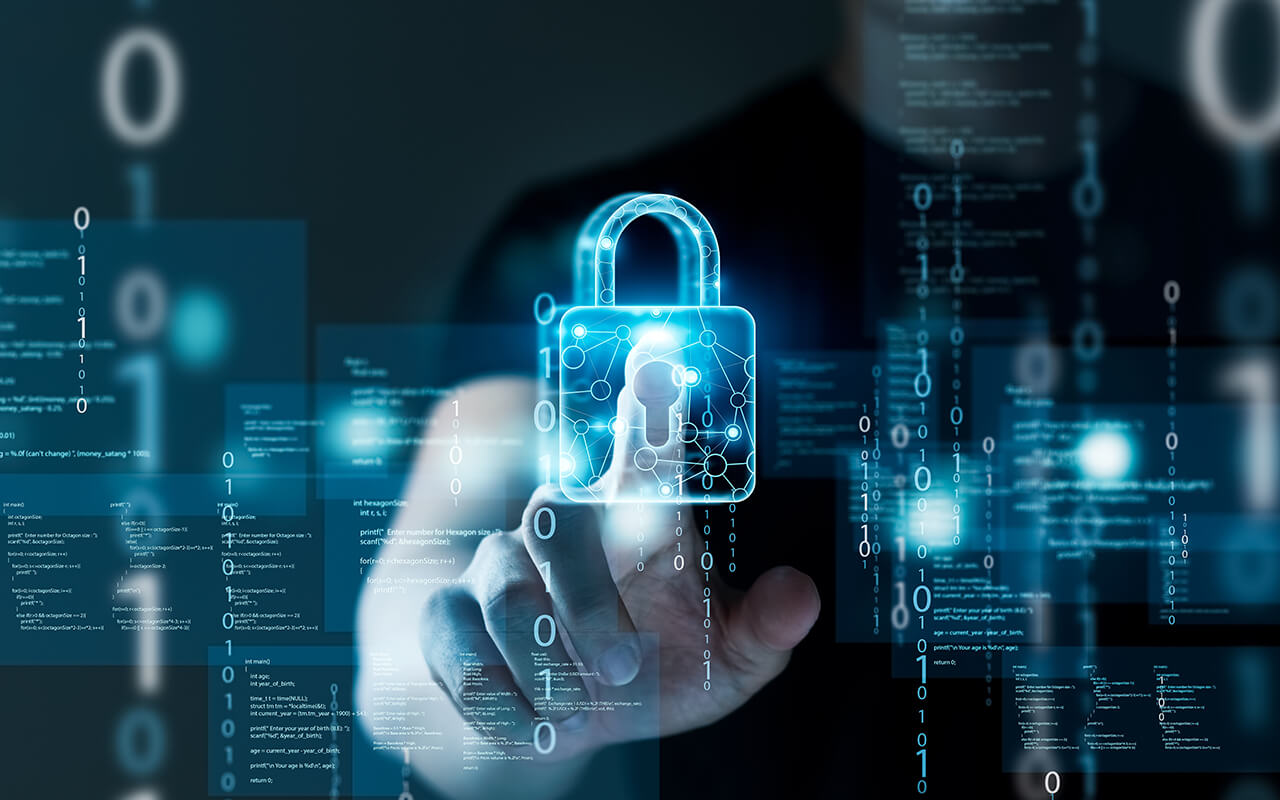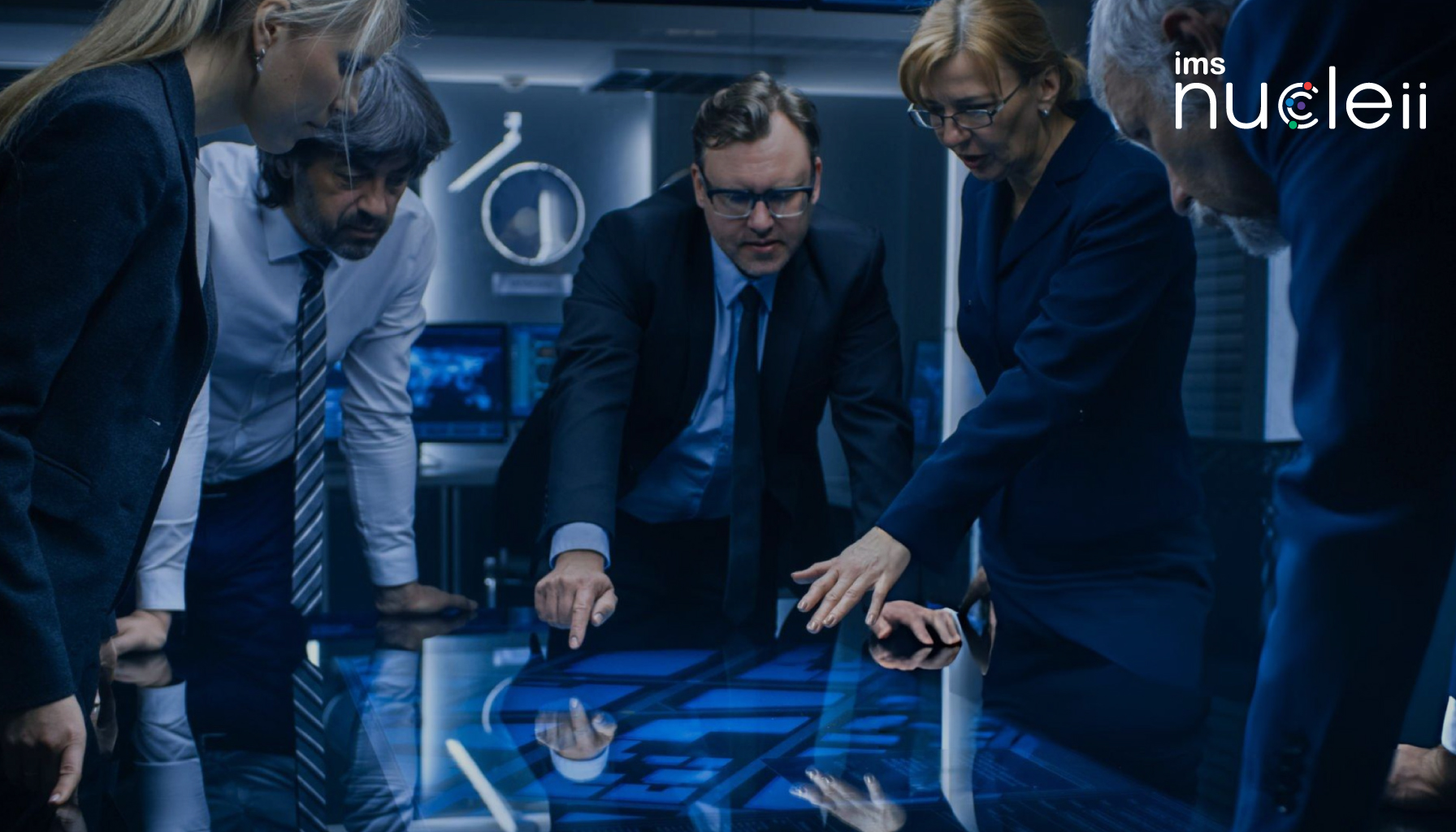Safeguarding Your Data: A Closer Look at Encryption
In today’s digitally driven world, where information is exchanged at the speed of light, the security of our data has become paramount. As businesses and individuals rely heavily on technology for communication and storage, the need to protect sensitive information from prying eyes has never been more crucial. This is where encryption steps in as the unsung hero of digital security, ensuring that your data remains private and secure, even in the face of evolving cyber threats.
Understanding Encryption: Unveiling the Digital Lock
Imagine your data as a valuable treasure and encryption as an intricate lock that guards it. Encryption is a process that converts plain, readable data into an unreadable format using complex algorithms. Only those with the proper decryption key can unlock and revert the encrypted data back to its original form. This ensures that even if unauthorized individuals gain access to the encrypted data, they won’t be able to comprehend its meaning without the decryption key.
Types of Encryption: From Symmetry to Asymmetry
Encryption comes in various forms, each catering to different security needs:
Symmetric Encryption: This classic method uses the same key for both encryption and decryption. While efficient, the challenge lies in securely sharing the key with the intended recipient, as any interception could compromise the data.
Asymmetric Encryption: Here, a pair of keys is used – a public key to encrypt data and a private key to decrypt it. Asymmetric encryption eliminates the need to share a common key, adding an extra layer of security.
Encryption in Action: Real-world Applications
Encryption plays a pivotal role in ensuring data security across various scenarios:
Online Communication: When you send sensitive information, like credit card details or login credentials, over the internet, encryption shields it from potential hackers. This is especially important for online banking, e-commerce, and email communication.
Data Storage: Cloud storage services employ encryption to protect files from unauthorized access. Even if a breach occurs, the encrypted data remains indecipherable without the encryption key.
Mobile Security: Your smartphone utilizes encryption to safeguard personal information, preventing unauthorized access to your device and the data within.
Secure Sockets Layer (SSL) and Transport Layer Security (TLS): These cryptographic protocols establish encrypted connections between web browsers and servers, assuring the confidentiality of data during online transactions.
Challenges and Future of Encryption
While encryption is a robust defense mechanism, it’s not without its challenges. Cybercriminals continually evolve their techniques, seeking vulnerabilities to exploit. This highlights the need for regular updates and advancements in encryption algorithms to stay one step ahead of potential threats.
As technology advances, quantum computing is poised to disrupt encryption landscapes. Quantum computers possess immense computational power, potentially rendering current encryption methods obsolete. This challenge has spurred research into post-quantum cryptography, aiming to develop encryption techniques resistant to quantum attacks.
Final Thoughts: Your Digital Fortress
In an era where digital information is both a priceless asset and a vulnerable target, encryption emerges as the fortress that guards against prying eyes. Its dynamic evolution reflects the ongoing battle between security and innovation. By implementing robust encryption strategies, your MSP business can provide clients with a critical layer of protection, ensuring the confidentiality, integrity, and authenticity of their sensitive data. In this ever-connected world, encryption isn’t just a choice – it’s a necessity.












